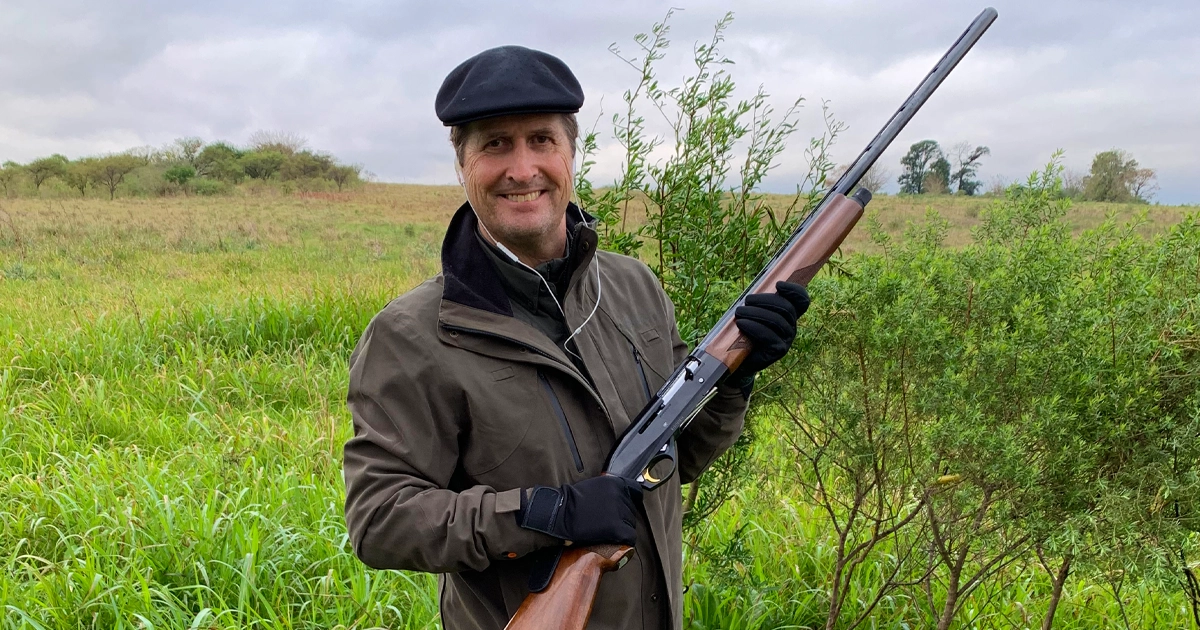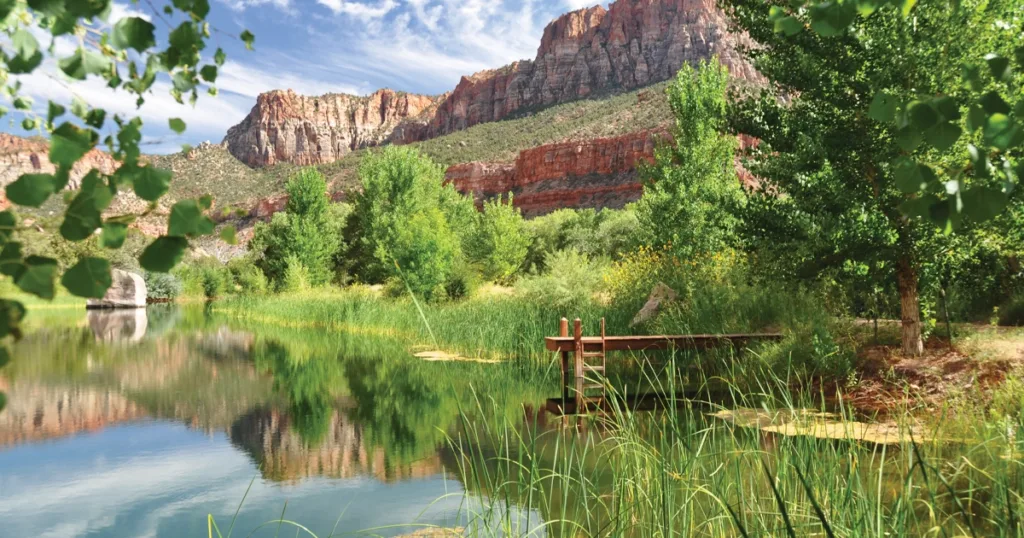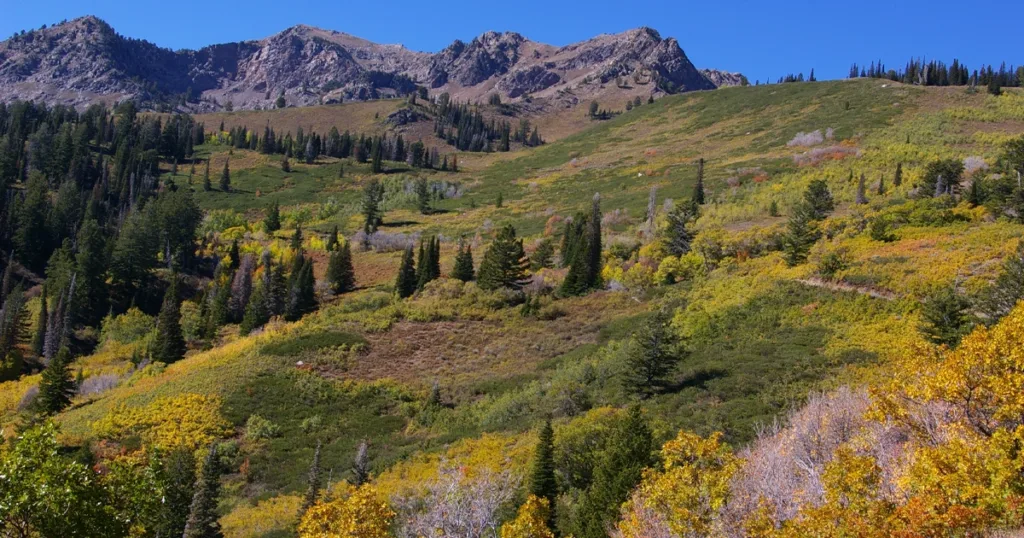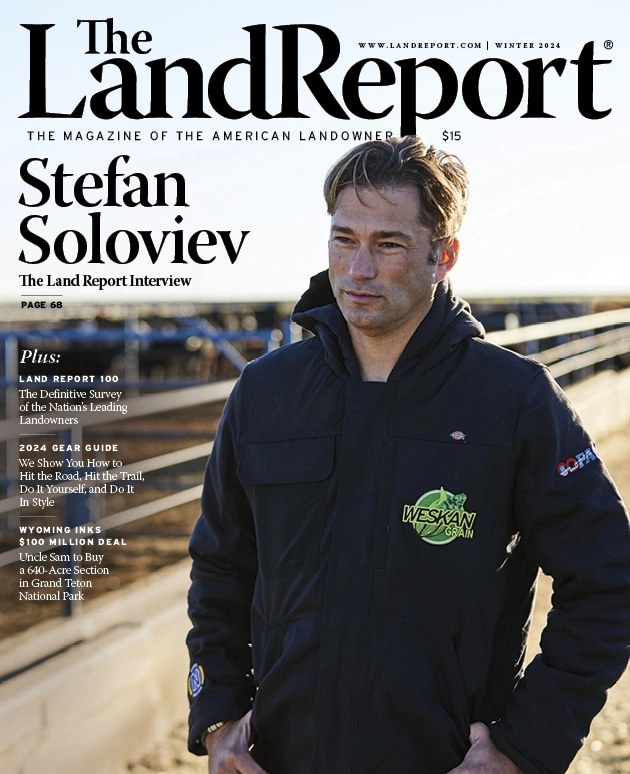The Duner
The Duner
By Corinne Gaffner Garcia

LR_KenMirr-01-2
Ken Mirr has brokered hundreds of thousands of acres of ranchland in the Rocky Mountain West. Not just any land, either. He’s picky, and he admits it. He and his colleagues at Mirr Ranch Group don’t take every listing. Nor do they work with just any landowner. “As I see it, there are so many properties that are just land,” he says. “I don’t want to play on just any piece of dirt. I’m looking for the ones with conservation value.”
This conservation focus is a product of his upbringing. Ogden Dunes, Indiana — the small town where he grew up on the shores of Lake Michigan — sits among actual sand dunes. This idyllic setting nurtured his lifelong commitment to conservation and the great outdoors.
The Duners
“My friends and I were known as ‘The Duners,’” Mirr says. “It was a bit of Shangri-La, this utopian beach on Lake Michigan, with sand dunes and ponds, but also with steel mills and Chicago looming in the distance. We spent our days exploring. It was a really unique spot, to have nature in the midst of all that.”
Ogden Dunes was a blue-collar steel-mill town. Mirr belonged to a labor union in his teens. He spent his summers working in the mills, watching the Duke in True Grit, and dreaming about life out West. He remembers the “Save the Dunes” campaign, which aimed to stop development around this sandy oasis he knew and loved. The fact that they could be erased by development was troubling not just to the Duners but to the community, as well. “The 15,000 acres that eventually became known as Indiana Dunes National Park were my first introduction to conservation,” he says.
The path from Mirr’s initial exposure to the conservation ethos on the shores of the Great Lakes to a career in the Rockies was a circuitous one. He attended Southern Methodist University in Dallas, where he earned a BA in history and political science with an emphasis in Russian studies. “I found that researching, writing, and understanding people and places were more interesting to me than the thought process that goes into math and engineering,” he says.
Degree in hand, Mirr was accepted into the Russian studies master’s program at the University of Indiana. But after giving some serious thought to his future, he chose instead to study law and enrolled at the University of Denver.
“I found classes on property law, water law, land, and real estate interesting,” he says. “There was a historical element to it, the ownership of property, and that introduced me to conservation.” Straight out of college, he took a job with a land development company in Denver.

The marketing and sale of the Trees Ranch won 2013 Conservation Deal of the Year honors.
Mirr was also spending as much time as possible in the great outdoors, and it gave him the same sense of freedom he’d enjoyed as a Duner. Only this time, it was in the rugged Rockies. “I really got into the mountains, hiked 14ers [peaks over 14,000 feet], skied, and read conservation classics like Desert Solitaire,” he says. “But I had to go halfway around the world to see what was in my backyard.”
Though conservation had been a theme that was continually percolating, it was on a trip to Africa — where he witnessed substantial conservation efforts geared toward protecting wildlife — that the concept really sank in.
Crafting a Career in Conservation
“It just struck me, and it opened my eyes to a potential career path that could involve my knowledge in real estate,” Mirr says. Upon returning to Denver, he interviewed with conservation organizations such as The Nature Conservancy but ended up with a law firm that specialized in public lands. “That really opened my eyes to how much public land there is in the West and how it affects private lands,” he says.
Mirr represented ski areas, mining companies, ranchers, and “any entity that was impacted by public lands or needed to use public lands,” he says. “We would facilitate leases and land exchanges. It was through those deals that I was introduced to ranch sales.”
Becoming a Broker
He also realized that these types of land exchanges, although meaningful, often took years to accomplish. And after getting a taste for the brokerage side of these transactions, he knew he’d found his true calling. “I really enjoyed brokering a deal,” he says. “I enjoyed the excitement of matching buyers and sellers.” In 1999, he started working as a broker in Denver. By 2005, he was ready to launch Mirr Ranch Group.
Mirr believes that the term conservation is often misused. Instead, he prefers stewardship. “They’re related,” he says. “Being a good steward means conserving your land, but many think that conservation is just protecting it through an easement. Conservation doesn’t mean land has to have an easement. It’s a mindset. It’s about values.”
Deals of the Year
That mindset, and the importance of long-lasting relationships, is what drives Mirr and his team of like-minded brokers as they facilitate a diverse array of conservation-based transactions. Naturally, some stand out more than others. One in particular was the sale of Utah’s Wasatch Peaks Ranch, The Land Report’s 2018 Deal of the Year. The spectacular tract encompassed 20 square miles of pristine alpine wilderness including 11 miles of ridgeline and 24 peaks in the Wasatch Range overlooking the Salt Lake Valley. Another standout, the 2015 Ranchland Deal of the Year, was JE Canyon Ranch, a Colorado cattle ranch and wildlife preserve with almost 50,000 deeded acres and red rock canyons rivaling those in Utah’s national parks. Additionally, The Trees Ranch, with 2,000 acres that border Zion National Park in Southern Utah, won 2013 Conservation Deal of the Year. The Trees was “meticulously assembled over the years by visionary conservationist owners” and “is steeped in history and abundant resources.”
While each one of these sales was unique in its own right, they all went to buyers who embraced the conservation values that Mirr works so hard to promote. As with all of the listings he accepts, Mirr and his colleagues were able to educate the ultimate buyers on ways to steward these vital landscapes and the wildlife that exists within them, coaching them on all aspects, from the installation of wildlife-friendly fencing and the protection of sage grouse habitat to explaining wildlife migration corridors and negotiating water rights deals to allow water to flow to Lower Colorado River Basin states.
In the 1960s, when Mirr and his pals were exploring the sand dunes in his Indiana hometown, with smoke and dust rising from the steel mills in the distance, he knew, even as a youngster, that the Ogden Dunes landscape was unique. And he also realized that it had to be protected so that future generations of Duners could enjoy it as much as he and his friends had.
With that seed planted in his mind at such a young age, it’s no wonder that his primary professional focus became conserving unique landscapes. “The journey is what got me here, and I just can’t imagine doing anything else,” Mirr says.

Wasatch Peaks Ranch was honored as 2018 Land Report Deal of the Year.




